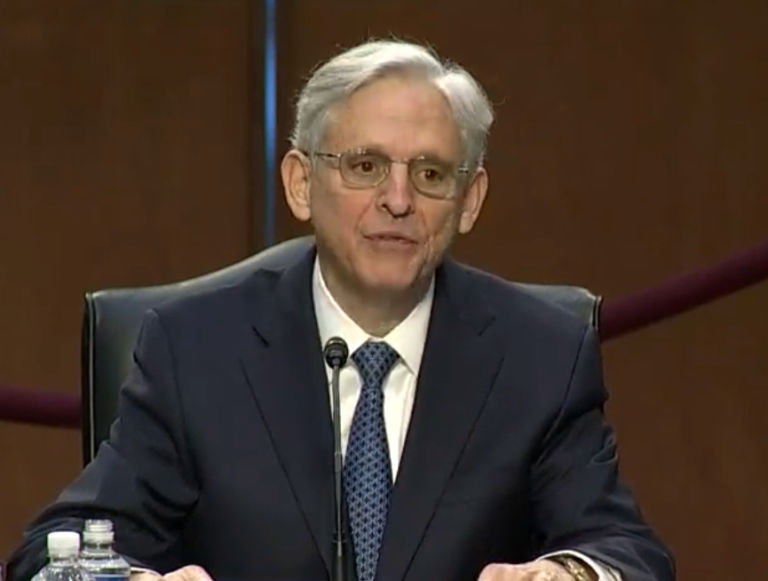Those who have followed with interest Charles Murray‘s recent work on the impact for American society of a breakdown in the traditional family structure might want to read a Wall Street Journal op-ed from former Bush 43 press secretary Ari Fleischer.
If President Obama wants to reduce income inequality, he should focus less on redistributing income and more on fighting a major cause of modern poverty: the breakdown of the family. A man mostly raised by a single mother and his grandparents who defied the odds to become president of the United States is just the person to take up the cause.
“Marriage inequality” should be at the center of any discussion of why some Americans prosper and others don’t. According to Census Bureau information analyzed by the Beverly LaHaye Institute, among families headed by two married parents in 2012, just 7.5% lived in poverty. By contrast, when families are headed by a single mother the poverty level jumps to 33.9%.
And the number of children raised in female-headed families is growing throughout America. A 2012 study by the Heritage Foundation found that 28.6% of children born to a white mother were out of wedlock. For Hispanics, the figure was 52.5% and for African-Americans 72.3%. In 1964, when the war on poverty began, almost everyone was born in a family with two married parents: only 7% were not.
Attitudes toward marriage and having children have changed in America over the past 50 years, and low-income children and their mothers are the ones who are paying the price. The statistics make clear what common sense tells us: Children who grow up in a home with married parents have an easier time becoming educated, wealthy and successful than children reared by one parent. As the Heritage study states: “The U.S. is steadily separating into a two-caste system with marriage and education as the dividing line. In the high-income third of the population, children are raised by married parents with a college education; in the bottom-income third, children are raised by single parents with a high-school diploma or less.”
One of the differences between the haves and the have-nots is that the haves tend to marry and give birth, in that order. The have-nots tend to have babies and remain unmarried. Marriage makes a difference. Heritage reports that among white married couples, the poverty rate in 2009 was just 3.2%; for white nonmarried families, the rate was 22%. Among black married couples, the poverty rate was only 7%, but the rate for non-married black families was 35.6%.


